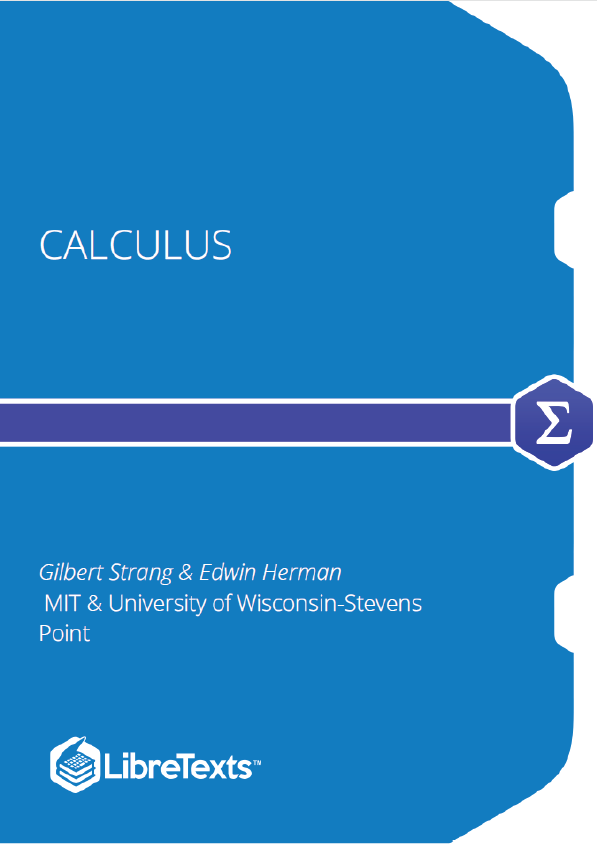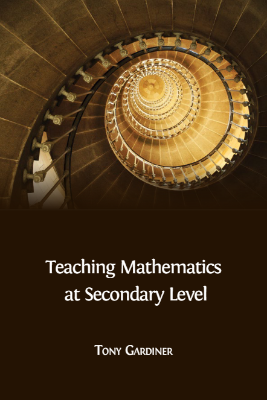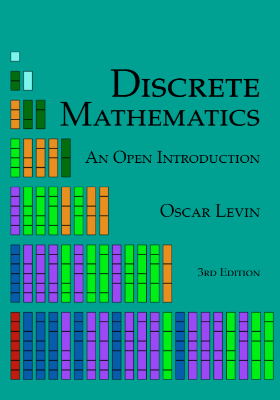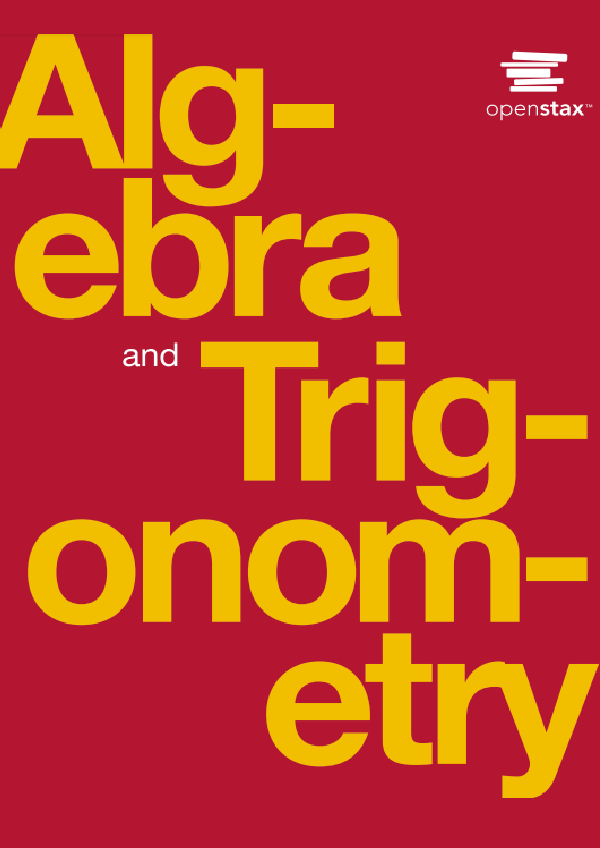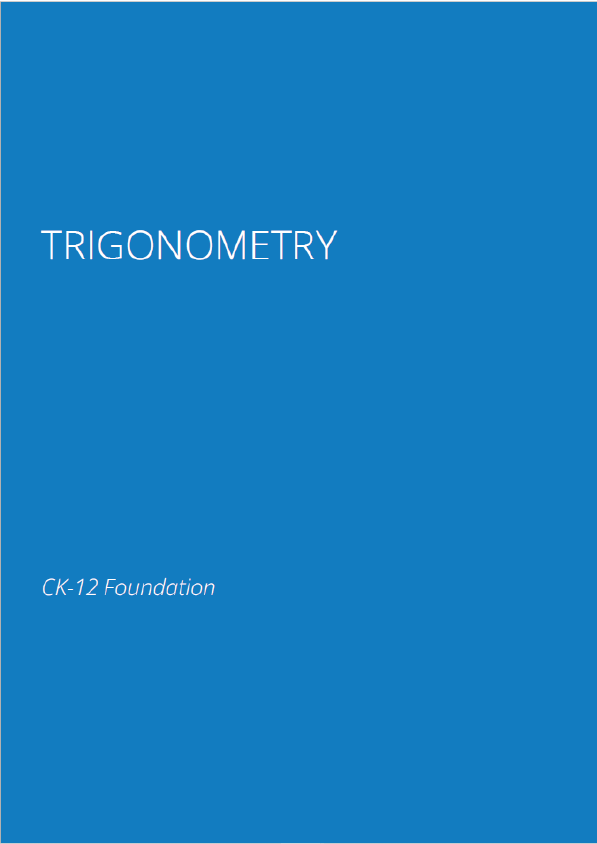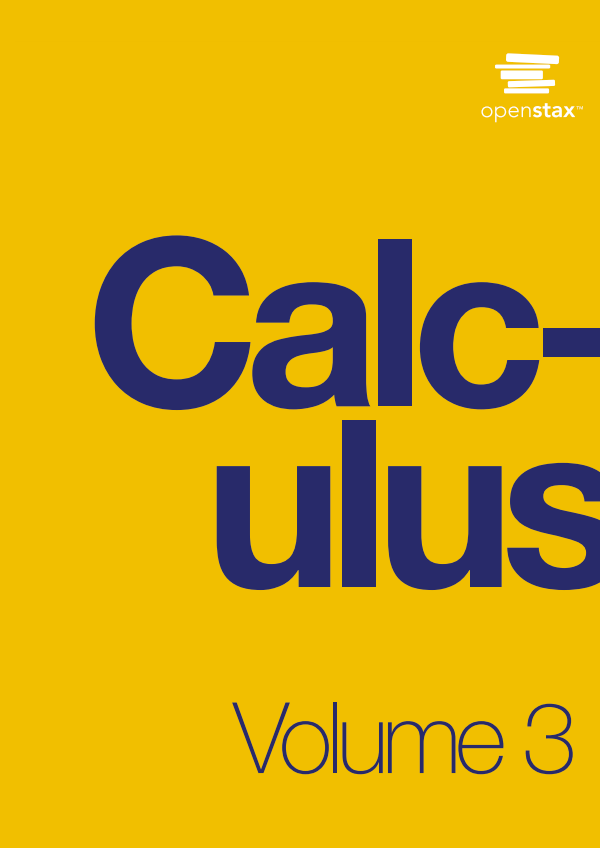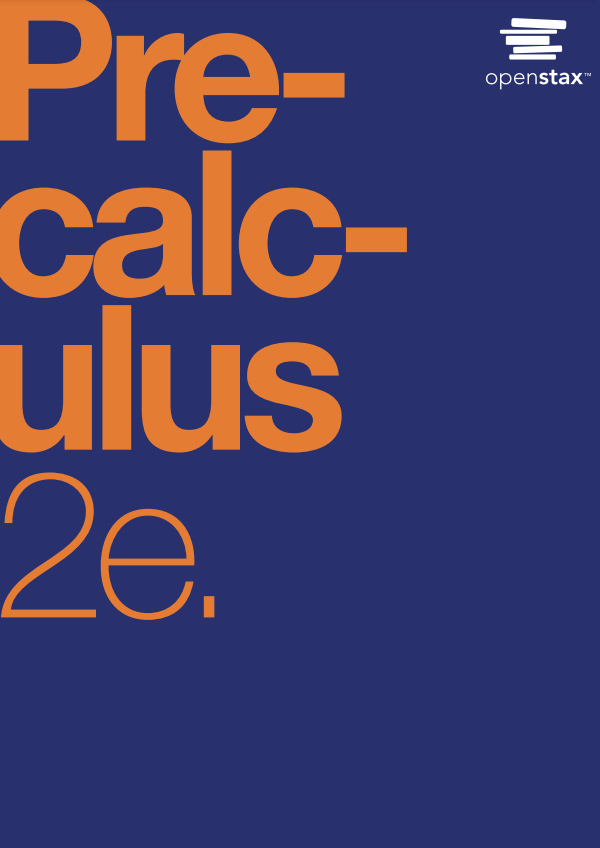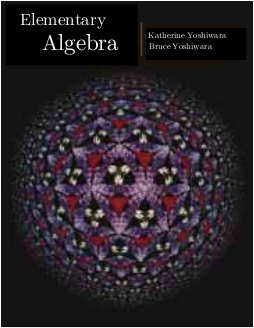Functions and Graphs
Calculus is the mathematics that describes changes in functions. In this chapter, we review all the functions necessary to study calculus. We define polynomial, rational, trigonometric, exponential, and logarithmic functions. We review how to evaluate these functions, and we show the properties of their graphs. We provide examples of equations with terms involving these functions and illustrate the algebraic techniques necessary to solve them. In short, this chapter provides the foundation for the material to come. It is essential to be familiar and comfortable with these ideas before proceeding to the formal introduction of calculus in the next chapter.
Prelude to Functions and Graphs
In the past few years, major earthquakes have occurred in several countries around the world. In January 2010, an earthquake of magnitude 7.3 hit Haiti. A magnitude 9 earthquake shook northeastern Japan in March 2011. In April 2014, an 8.2-magnitude earthquake struck off the coast of northern Chile. What do these numbers mean? In particular, how does a magnitude 9 earthquake compare with an earthquake of magnitude 8.2? Or 7.3? Later in this chapter, we show how logarithmic functions are used to compare the relative intensity of two earthquakes based on the magnitude of each earthquake.
Calculus is the mathematics that describes changes in functions. In this chapter, we review all the functions necessary to study calculus. We define polynomial, rational, trigonometric, exponential, and logarithmic functions. We review how to evaluate these functions, and we show the properties of their graphs. We provide examples of equations with terms involving these functions and illustrate the algebraic techniques necessary to solve them. In short, this chapter provides the foundation for the material to come. It is essential to be familiar and comfortable with these ideas before proceeding to the formal introduction of calculus in the next chapter.
In this section, we provide a formal definition of a function and examine several ways in which functions are represented—namely, through tables, formulas, and graphs. We study formal notation and terms related to functions. We also define composition of functions and symmetry properties. Most of this material will be a review for you, but it serves as a handy reference to remind you of some of the algebraic techniques useful for working with functions.
